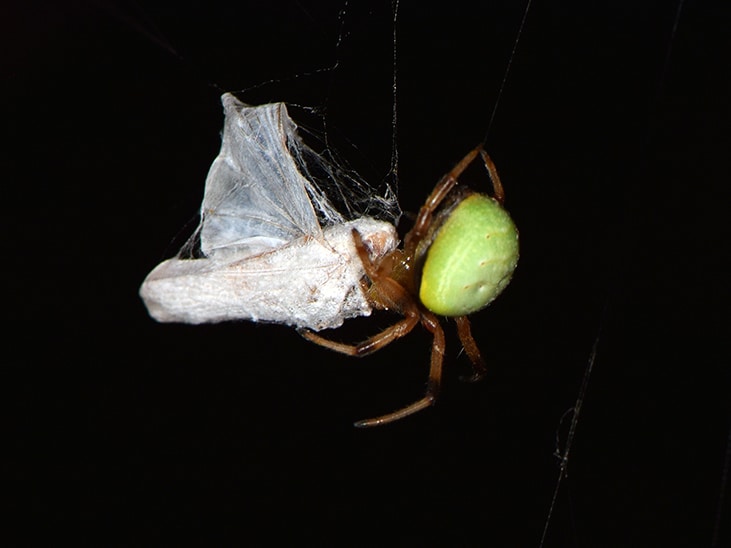Land-use effects on the functional role of spiders in food webs in permanent grasslands

Permanent grasslands have a high diversity of arthropod predator species, including many spider species. Spiders are top predators in arthropod food webs of such systems, but three major management practices in permanent grasslands (fertilisation, grazing and mowing) hold the potential to alter the taxonomic richness and composition of spider communities. The effects of management intensity on taxonomic properties of spider communities in grasslands are well studied, but very little is known about the functional consequences of such changes, that being the interaction of spiders with prey depending on management intensity.
The SPIDERFUN project will bridge this gap and address – for the first time – the role of management intensity and environmental heterogeneity on the taxonomic and trait composition of spider communities, and on levels of prey and intraguild predator abundance, as well as how these affect the diet composition. The project will examine how grassland management and environmental heterogeneity affect:
- Taxonomic
- Trait composition of spider communities
- Availability of prey
- The abundance of common predators of spider and thereby the diet composition of spider communities in permanent grasslands
The overall objective is to understand the associated changes in the functional role of spider species in grassland arthropod food webs.
SPIDERFUN will bring together the unique expertise of three arachnologists with different backgrounds and methodological expertise (PI Krehenwinkel: spider evolutionary and ecological genomics, PI Harms: spider taxonomy and biodiversity, and PI Birkhofer: spider ecology and trait analyses) to untangle the interaction of spiders and prey, but also other predators in grasslands that differ in management intensity and habitat characteristics.
We will use novel molecular sequencing approaches and protocols for gut content analyses in combination with multivariate morphometrical/literature trait analyses to accomplish these aims. The foundation of this project will be a large, unique collection of spiders that were collected across 150 grassland plots of the Biodiversity Exploratories, and environmental and biotic variables that are available for these plots. Finally, we will use pre-existing trait data and databases for spiders and another predator group (Ground beetles, family Carabidae) to study the interaction of spider with their potential arthropod predators across the three Biodiversity Exploratories.
By studying the interaction of spiders with their environments, potential prey and predators, we will close a critical gap in understanding the functional role of this dominant predator group in permanent grasslands, and open opportunities for applications in conservational biological control strategies for grassland pests.









